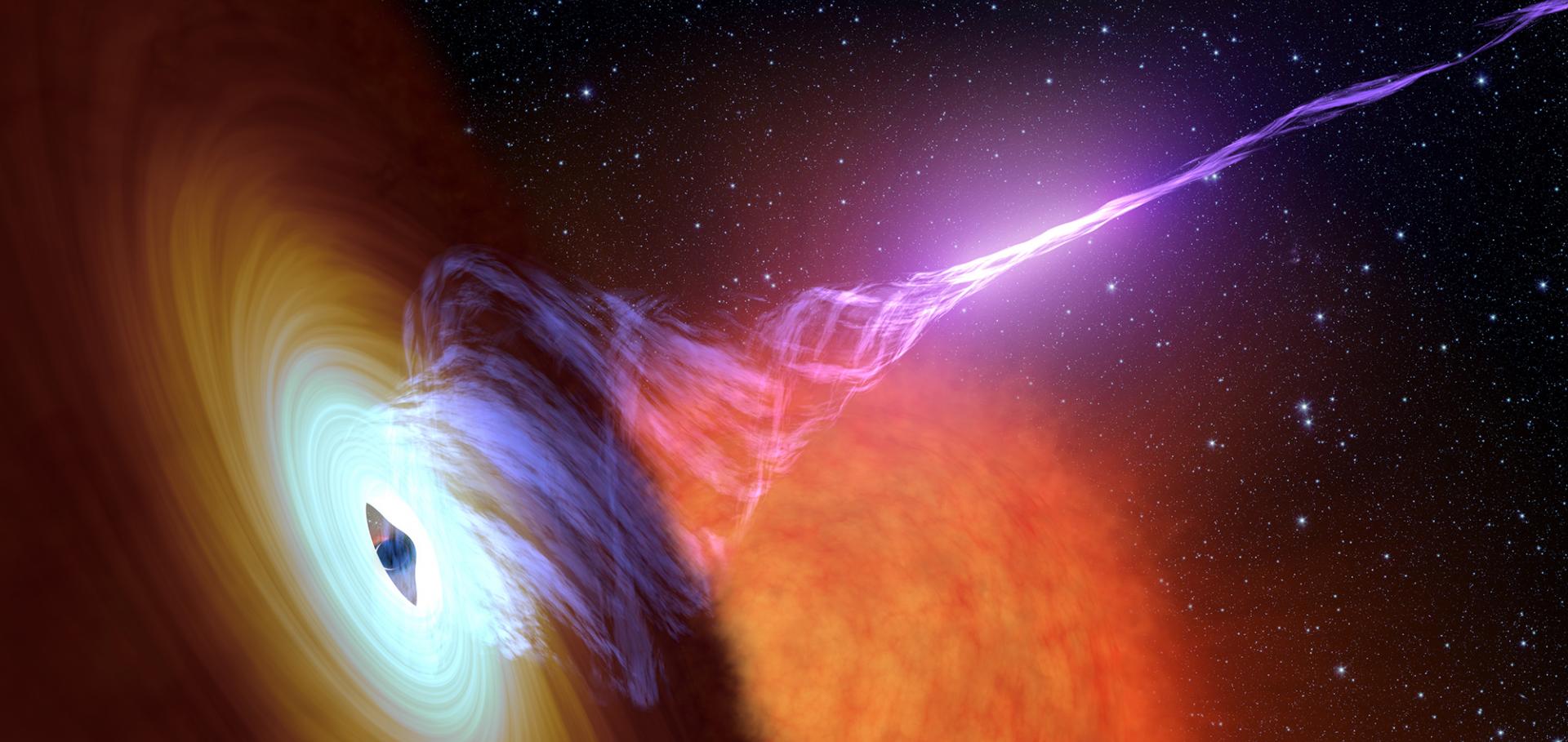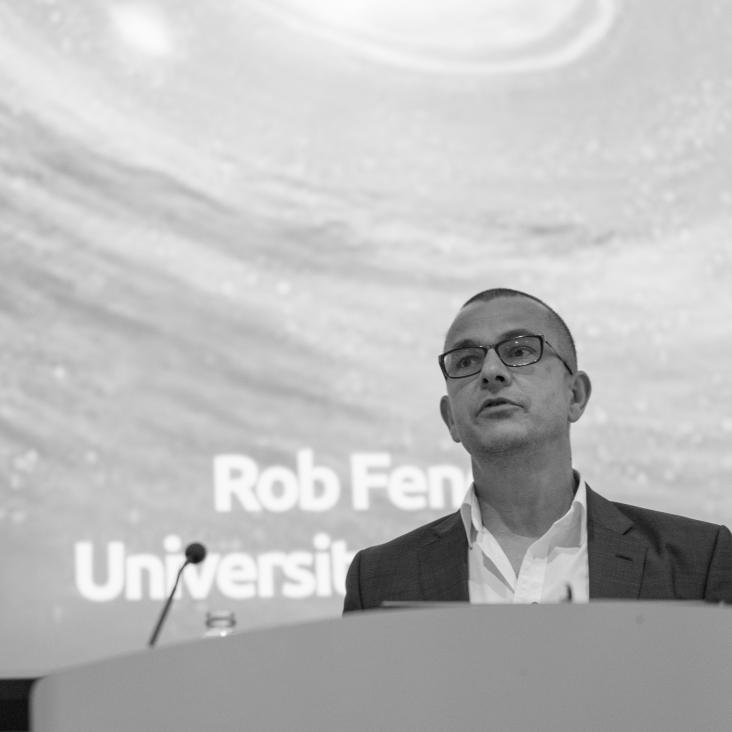Rapid compact jet quenching in the Galactic black hole candidate X-ray binary MAXI J1535−571
Monthly Notices of the Royal Astronomical Society Oxford University Press (OUP) 498:4 (2020) 5772-5785
Measuring the distance to the black hole candidate X-ray binary MAXI J1348-630 using HI absorption
(2020)
CHILES VERDES: Radio variability at an unprecedented depth and cadence in the COSMOS field
(2020)
Rapid compact jet quenching in the Galactic black hole candidate X-ray binary MAXI J1535-571
(2020)
Simultaneous multi-telescope observations of FRB 121102
Monthly Notices of the Royal Astronomical Society Oxford University Press (OUP) 496:4 (2020) 4565-4573


